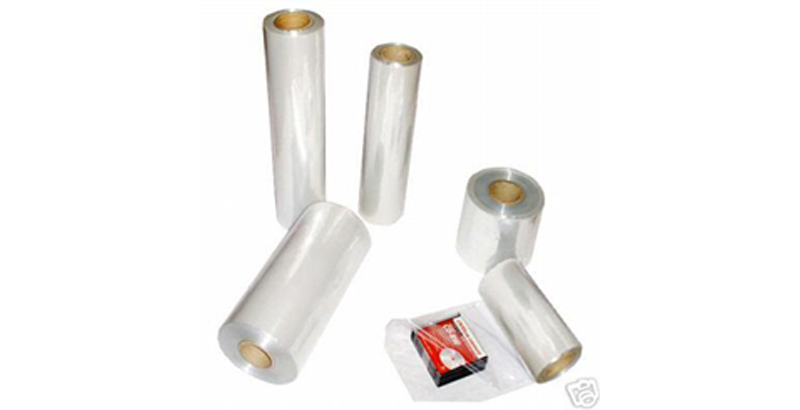The Four Most Common Shrink-Wrapping Defects to Avoid

Shrink wrapping involves adding a layer of thin plastic to products to keep them protected, bundled, free of outside forces, and more. They are especially great for preserving food items for a period of time. However, if not wrapped successfully, shrink film can come with one or more deformations to make products look unappealing and unprofessional. Seamless wrapping of shrink film is important so that the product not only looks 100 percent as intended but also ensures that the outer plastic film does its job.
In this article, we will go through some of the most frequent and common shrink wrap problems you might experience after using equipment from shrink film manufacturer and how to prevent them. Here are four problems you might come across when shrink wrapping.
Dog Ears
Dog ears are known as the excess plastic near the corners of a product; very commonly found in boxed products such as board games. These protrusions are known as dog ears, and should be fairly noticeable. This occurs because these areas on the plastic have not been shrunken down.
There are many ways to avoid this so that the shrink film can fit snugly around any corner or edge. Firstly, you should make sure that your equipment is creating enough heat for the entirety of the plastic to be shrunk. If that doesn’t work, you should consider wrapping your products with a thinner film or with polyolefin film rather than PVC film. Polyolefin tends to be of better quality than PVC, resulting in fewer problems in shrink wrapping.
Crow’s Feet
Like the human skin developing crow’s feet from aging, the same is true with shrink wrap, except that crow’s feet on the packaging don’t come from aged or old plastic. Crow’s feet refers’ to wrinkles in the film that extend around the corners of your packaging.
Troubleshooting crow’s feet are very similar to troubleshooting dog ears. Considering a thinner film, a better-quality film or a more thorough heating process should decrease the likelihood of crow’s feet for each package that you wrap with film. The properly shrink-wrapped film should result in smooth plastic with no bumps or wrinkles around the corners.
Ballooning
Ballooning happens when air gets inside the plastic as you wrap your product, so there is a puff of air inside the shrink film along with your product. This air allows the plastic to “balloon” or expand. This often occurs when the shrink film is exposed to hot air once sealed.
Fortunately, this is a common problem that has a sound solution. To prevent ballooning, companies use pre-perforated film or a film that comes with a uniform pattern of tiny holes in it. When wrapping with this film, any air inside this wrap will escape through these holes so that no air stays inside. When shrunk, these holes are barely noticeable, and they allow next to no air to get back inside afterward.
Split Seals
Of course, shrink wrapping isn’t complete without a seal to bind the ends of plastic together. If your seals aren’t strong enough, it could be detrimental to your business if something happens to the products inside.
The root of splitting seals could be one of many things. It might just be you have a defecting roll of film, or your sealer or equipment may have something wrong with it. Be sure you have shrink-wrapping equipment that always gives an adequate wrap for each product.
Conclusion
There are many defects that you can expect when shrink wrapping. Thus, be sure that you use the right equipment, film, and heat to help prevent them all.


